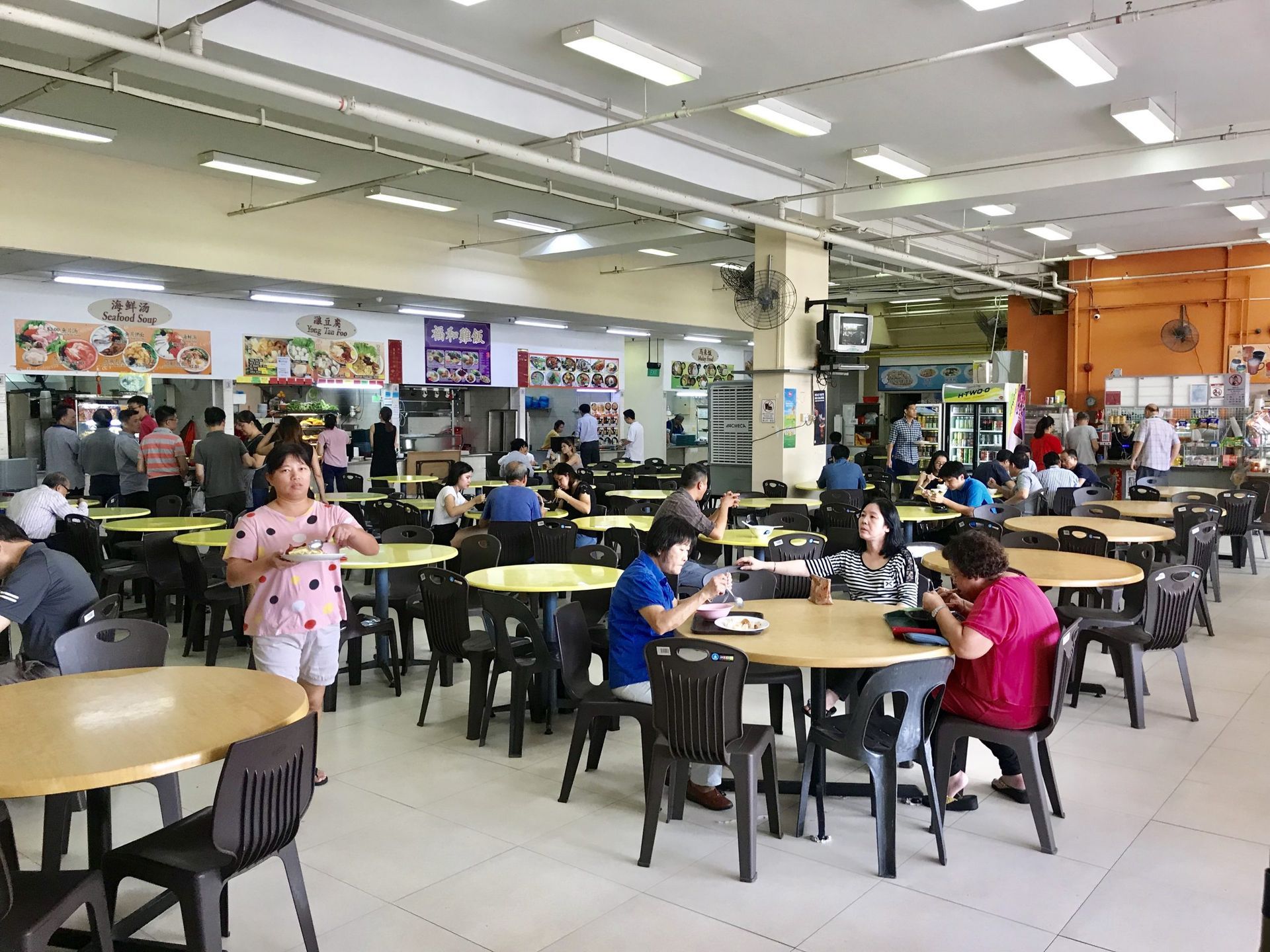Bearded Bella Minty CRM Use Case
Bearded Bella is a gem nestled in Singapore's bustling CBD, inspired by Melbourne's vibrant café culture. With a rich menu encompassing expertly brewed coffee, delectable food, pastries, beverages, and even customised cakes with delivery options, Bearded Bella stands out. Not stopping at culinary delights, they extend their offerings to retail items like seasonal espresso blends, coffee drip bags, cups, tumblers, and more, all while nurturing a community of coffee enthusiasts through their coffee subscription service. Amidst their diverse offerings, Bearded Bella recognized the need for a sophisticated CRM system to manage and enhance customer loyalty and engagement efficiently.
Challenges Faced by Bearded Bella
Despite its success, Bearded Bella faced several challenges. The primary concern was managing their extensive menu and retail products while fostering customer loyalty in a competitive landscape. Additionally, they sought to streamline their credit balance and top-up processes to ensure business cash flow stability. Another significant challenge was effectively communicating promotions and personalized offers to encourage repeat business.
Solution: Implementing Minty CRM
Minty CRM emerged as the perfect solution for Bearded Bella's needs. It facilitated a multifaceted approach to member management and loyalty campaigns, offering a seamless integration of services tailored to enhance customer experience and engagement.
- Reward Points System: Minty CRM's reward points system became a cornerstone of Bearded Bella's loyalty program, offering points for every expenditure, with bonus rewards on members' birthdays. This tier-based redemption program encouraged repeat visits and increased spending.
- Credit Top-Up: The credit top-up feature in Minty CRM allowed Bearded Bella to maintain a stable cash flow by encouraging members to pre-load credits, with additional perks for larger top-ups.
- Coffee Card: The coffee card initiative, managed through Minty CRM, offered customers substantial value, promoting loyalty by providing free coffees after a set number of purchases.
- Email Direct Marketing (EDM): Minty CRM's EDM function enabled Bearded Bella to engage their members with updates, promotions, and personalized offers, enhancing the effectiveness of their marketing efforts.
Impact of Minty CRM on Bearded Bella
The implementation of Minty CRM has significantly impacted Bearded Bella's operations and customer relations. The loyalty program has not only improved customer retention but also increased the average spend per visit. The credit top-up feature has contributed to a healthier cash flow, while the coffee card and personalized EDMs have markedly increased customer engagement and satisfaction. These strategic moves have resulted in quantifiable benefits, underscoring the importance of a tailored CRM solution in today's competitive F&B landscape.
Conclusion
Minty CRM has played a pivotal role in Bearded Bella's journey towards achieving enhanced customer loyalty and operational efficiency. By providing a comprehensive suite of tools tailored to their specific needs, Minty CRM has helped Bearded Bella to not only meet but exceed customer expectations, setting a benchmark for success in the F&B industry. This success story exemplifies the transformative potential of a customized CRM solution in nurturing lasting customer relationships and driving business growth.
If you are looking for a CRM/customer loyalty management solution for your business,
WhatsApp
us or send u an
enquiry to find out more!
Interested in a CRM Based POS System, QR ordering or a standalone CRM membership system?
Send an Enquiry!
You might also like



